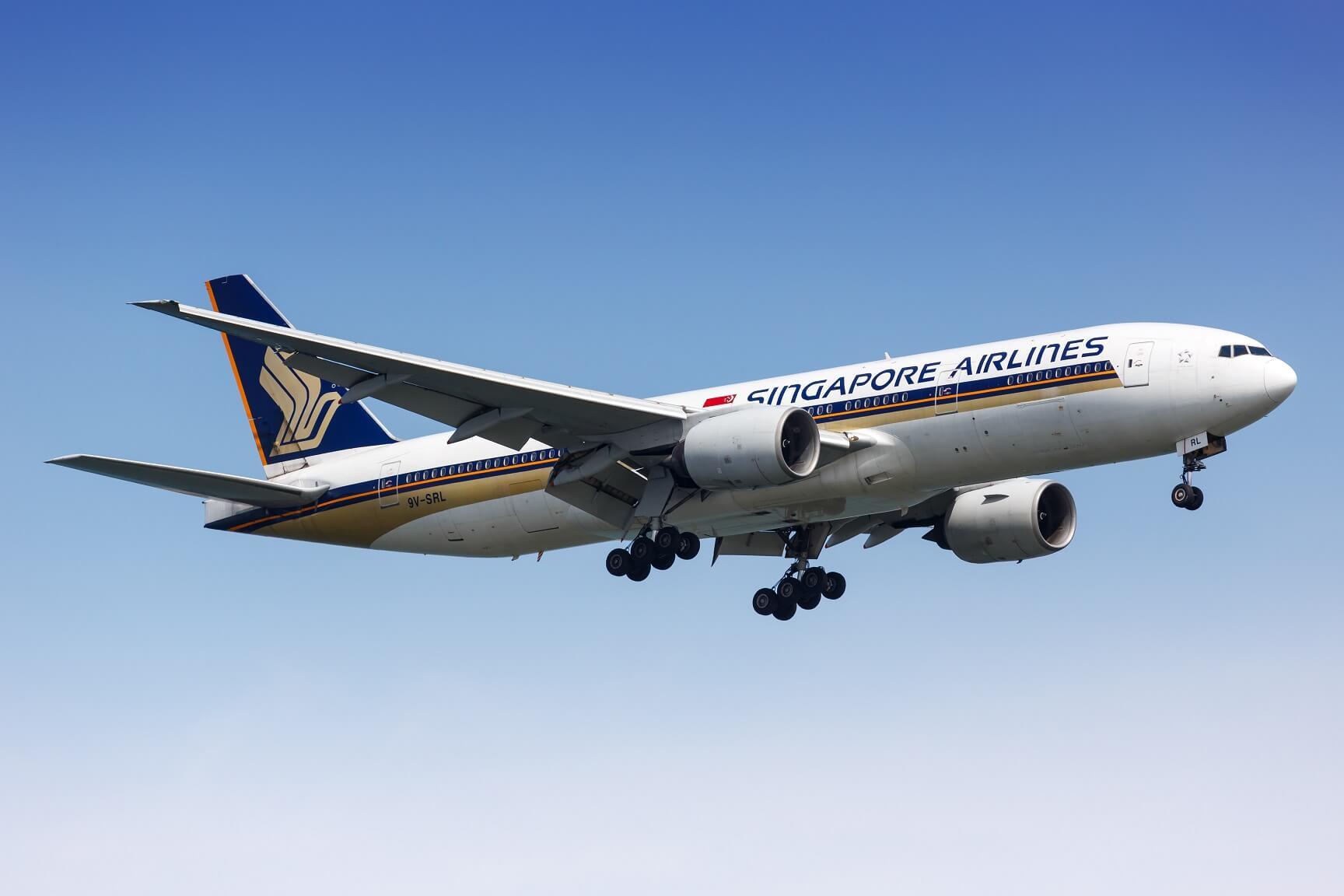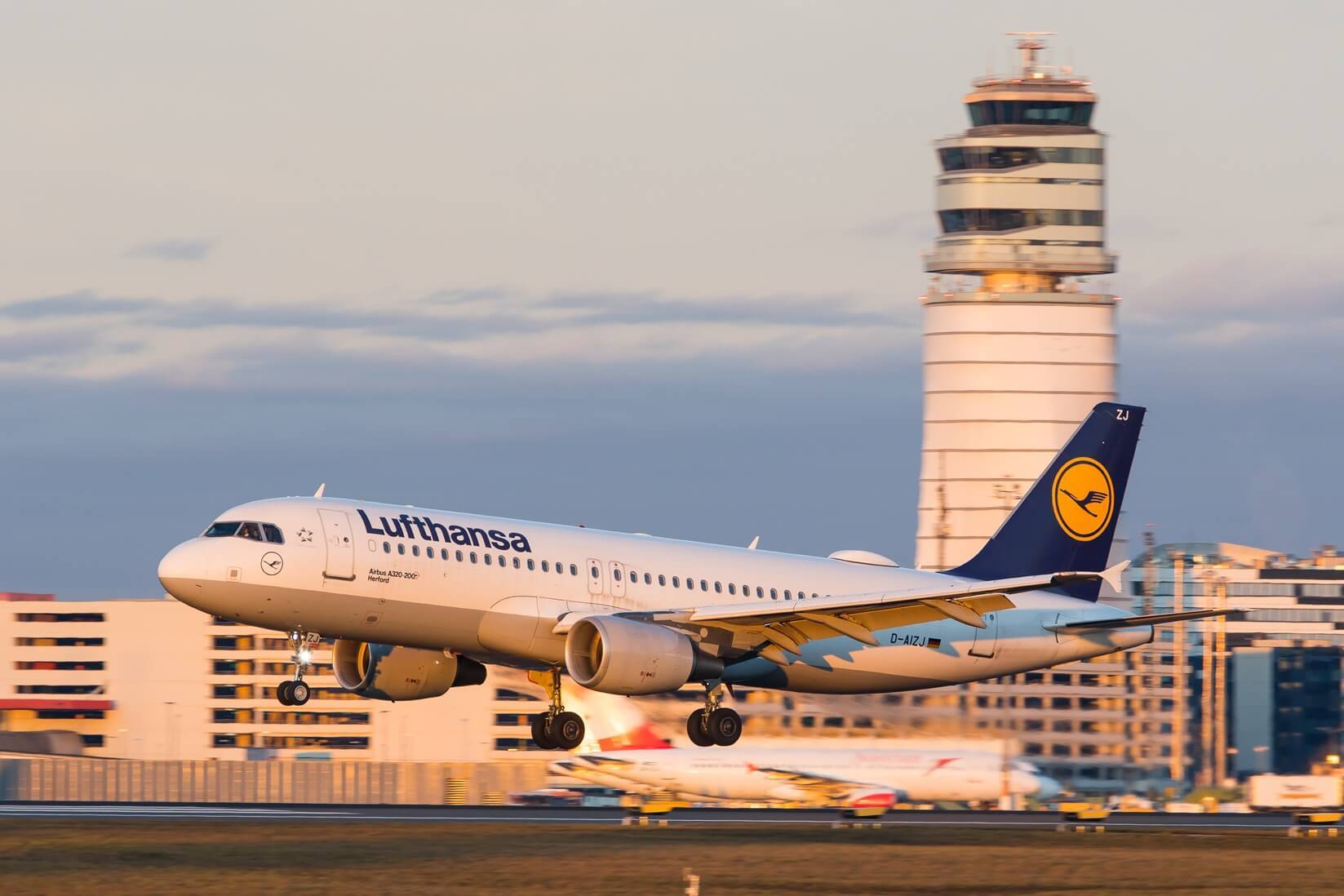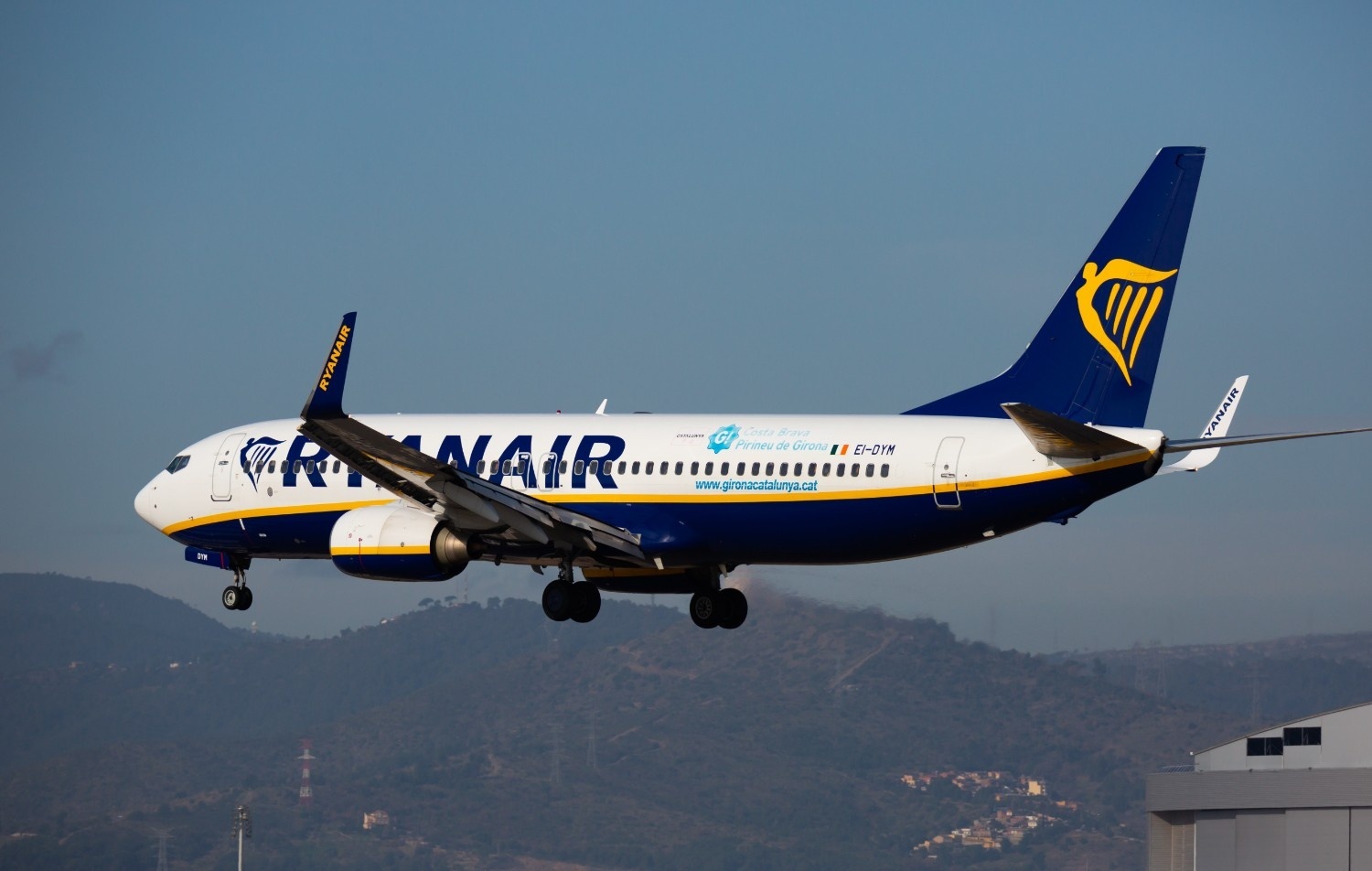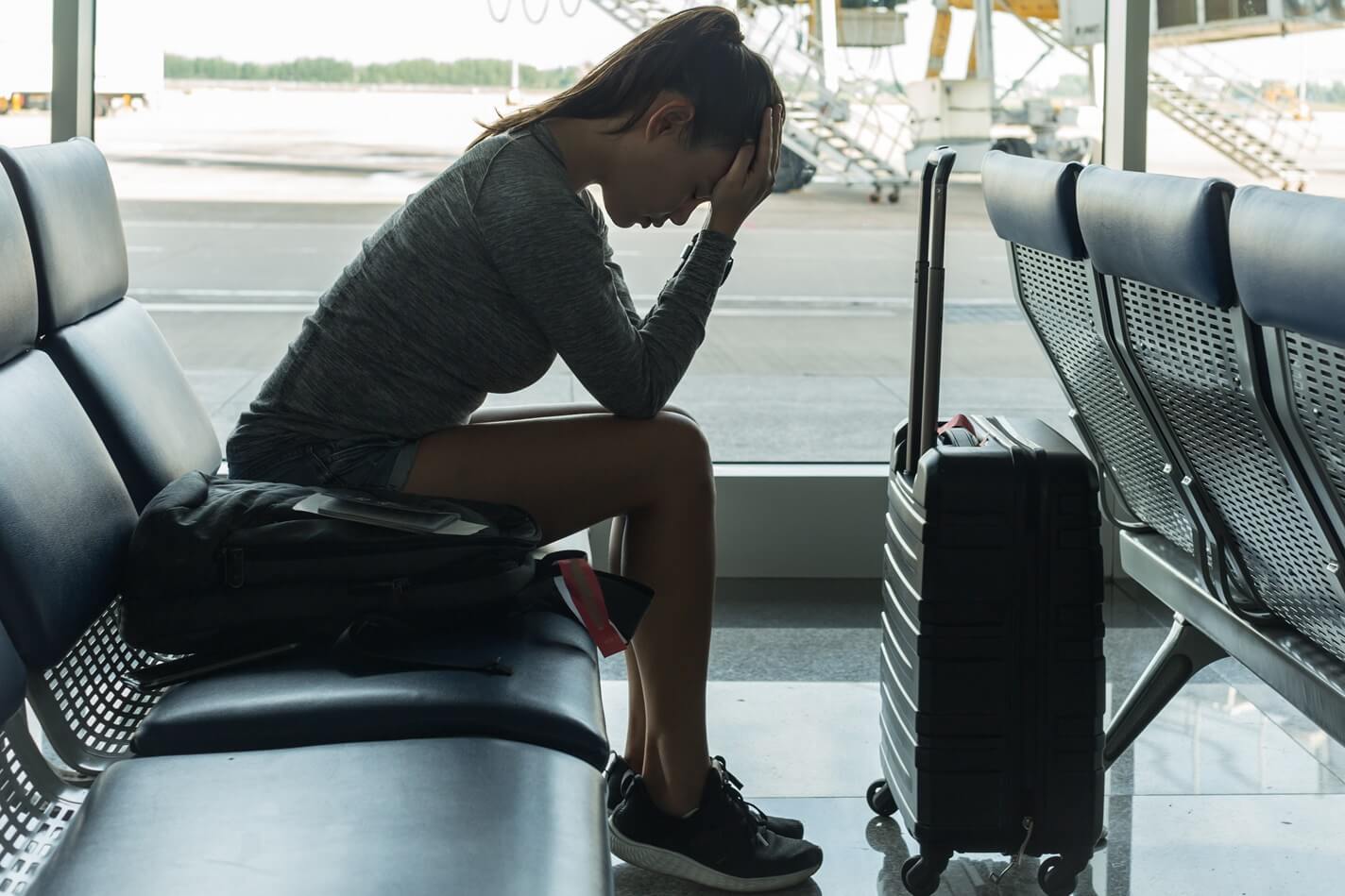Singapore Airlines and Scoot approaching full recovery

Singapore Airlines and its subsidiary, Scoot, are making remarkable strides in their journey towards a full recovery from the COVID-19 pandemic. The two airlines are achieving this by effectively matching capacity to demand, resulting in load factors reaching new highs.
As of September, the Singapore Airlines Group, which includes both the flagship Singapore Airlines and its low-cost subsidiary Scoot, operated at approximately 90% of pre-pandemic capacity levels while successfully accommodating 93% of pre-pandemic passenger numbers.
Strong demand on Singapore-China routes
A significant contributor to this impressive recovery is the robust demand on routes connecting Singapore and China. These routes have proven to be some of the most resilient and lucrative in Southeast Asia, benefiting both inbound and outbound services.
Chinese airlines have been operating at 82% of their 2019 capacity to Singapore, emphasizing the strength of these connections. Singapore Airlines and Scoot have strategically resumed services on routes where they anticipate strong demand and favorable yields.
Impressive capacity management at Singapore Airlines
What sets the Singapore Airlines Group apart is its disciplined approach to capacity management. In September 2019, the Group offered a capacity of 14.58 million available seat kilometers (ASKs) to carry 3.1 million passengers. In September 2023, the Group operated with 13.2 million ASKs, serving 2.9 million passengers. This careful balance allowed the Group to operate at 90% of its 2019 capacity while carrying 93% of the 2019 passenger volume.
The result of this meticulous planning was a substantial increase in load factors, climbing from 84.8% in September 2019 to 87.7% in September 2023. Comparing year-on-year statistics, the Group added 23.7% more capacity in 2023 and saw a remarkable 36% increase in passenger numbers compared to September 2022.
Strategic resumption of routes for Singapore Airlines
Singapore Airlines swiftly added capacity on routes to and from Australia, operating over 140 weekly flights to eight destinations in September. The airline demonstrated its commitment to Australian passengers by keeping routes open during the pandemic, building trust among travelers since 1967.
In Australia, Singapore Airlines now operates four daily flights to Melbourne and Sydney, utilizing a mix of Airbus A380, A350, and Boeing 777 aircraft. Brisbane is served 21 times weekly with A350s, and Adelaide receives daily A350 flights. The Boeing 787-10 Dreamliners are dedicated to Perth, flying 21 times weekly, while a Boeing 737 MAX 8 provides five weekly services to Darwin and Cairns in Northern Australia.
Singapore Airlines and Scoot thriving individually
On an individual airline level, Singapore Airlines carried 1.86 million passengers in September, marking a 27% increase year-on-year. Scoot, on the other hand, carried 1.04 million passengers, an impressive 55% increase compared to the previous year. Singapore Airlines recorded an overall load factor of 87.6%, with the highest load factors observed in Europe at 93.1%, followed by the South West Pacific (92%), the Americas (89.5%), East Asia (81.4%), and West Asia and Africa (81%).
Scoot also performed admirably with a slightly higher load factor of 88.1%. By region, the Rest of the World boasted the highest load factor at 98%, followed by West Asia (86.6%) and East Asia (85%). Scoot's fleet consists of single-aisle aircraft such as Airbus A320-200s, A320neos, and A321neos, while its medium and long-haul routes are operated by Boeing 787-8 and 787-9 Dreamliners.
As of the end of September, the Singapore Airlines Group boasted a passenger network encompassing 119 destinations in 36 countries and territories. Singapore Airlines served 75 of these destinations, while Scoot served 67. Additionally, the Group's cargo network extended to 124 destinations across 38 countries and territories, emphasizing the breadth of its operations and its resilience on the path to full recovery.
Latest posts
Flight delays and cancellations in July 2025
Check which flights were delayed in July 2025 – you may still be entitled to claim up to 600 € in compensation.
Flight cancellations and delays in March 2024
Check which flights were delayed in March 2024 – you may still be entitled to claim up to 600 € in compensation.
Flight cancellations and delays in February 2024
Check which flights were delayed in February 2024 – you may still be entitled to claim up to 600 € in compensation.












